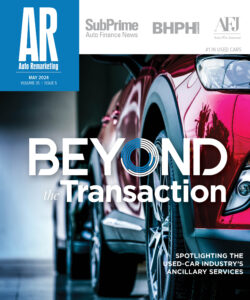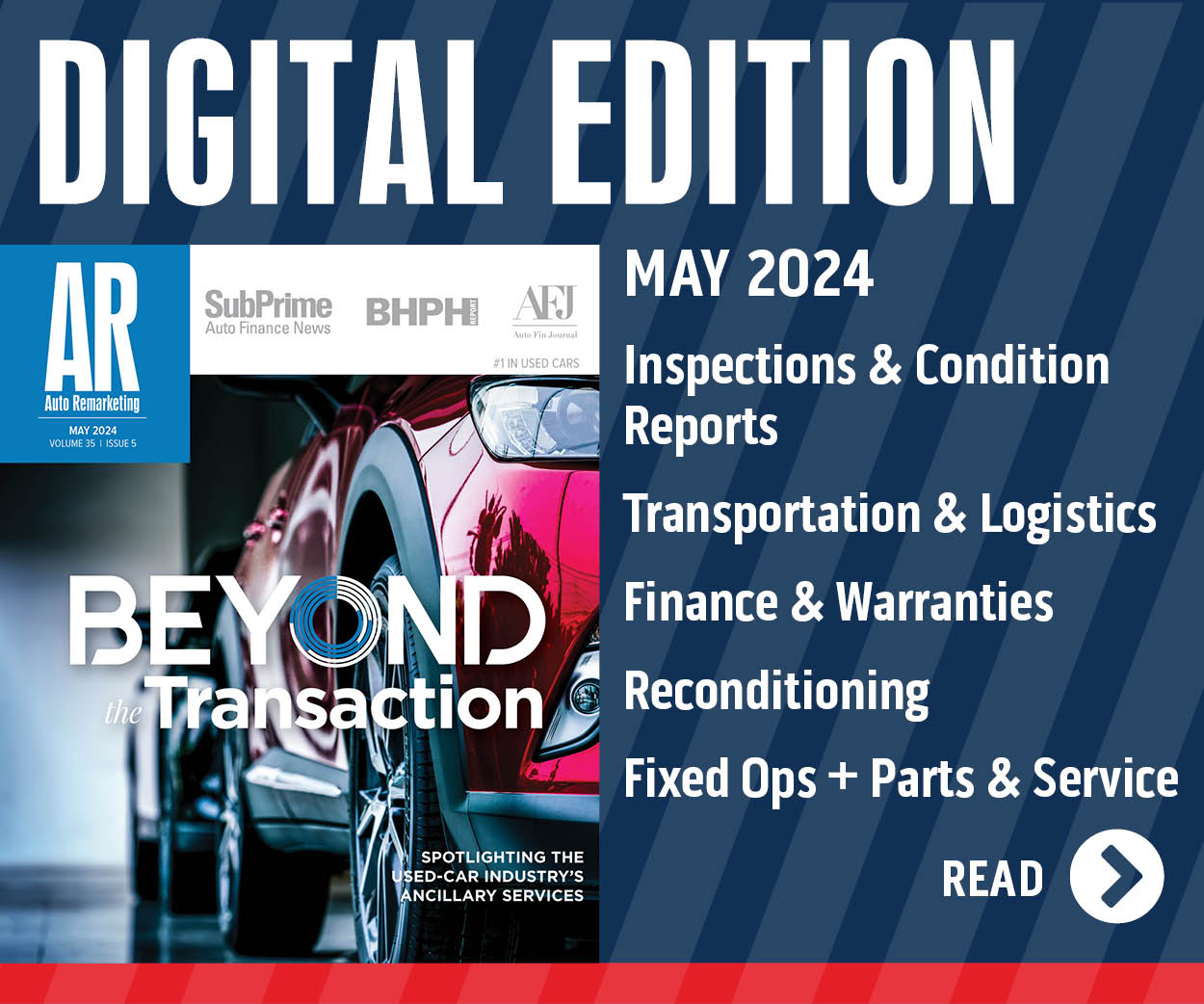Kontos: Higher Used Prices Causing Industry Push Back

ADESA Analytical Services believes both consumers and dealers may be “pushing back” on what they view as high used-vehicle prices at the retail and wholesale level.
Why? ADESA’s Tom Kontos attributed the likelihood to trends he shared in previous monthly reports, too.
“New-vehicle sales may be benefiting from high used-vehicle prices — both from substitution as new-vehicle prices become more attractive relative to higher used vehicle prices and from higher trade-in values for new-vehicle shoppers,” Kontos surmised in his August commentary.
“The lower used-vehicle retail sales in August may in part be a result of the substitution of new-vehicle purchases by shoppers who might have otherwise bought a used vehicle,” he speculated.
“Lower used-vehicle sales may in turn have allowed dealers to be more selective in the lanes and online,” Kontos added.
The ADESA economist went on to mention that it should be considered a welcomed trend for the auto industry as a whole if high used-vehicle prices are supporting improved new-vehicle sales.
However, speaking specifically about remarketers, Kontos hesitated about how much of a benefit this trend would be for them.
“Substitution of new vehicles for used vehicles by consumers at retail and the ability of dealers to be more selective at wholesale are demand-side reminders that prices may continue to soften even as tight supplies provide some underlying support to wholesale prices,” Kontos said.
Before delving into some specific figures, Kontos noted wholesale used-vehicle prices again softened modestly in August versus prior month and from their record highs in April.
“Again this is more of a seasonal softening, with tight supplies continuing to exert upward pressure on used vehicle values and keeping them at historically high levels,” Kontos emphasized.
According to ADESA Analytical Services’ monthly analysis of wholesale used-vehicle prices by class, August prices averaged $9,993. That amount was down 0.7 percent from the previous month but 0.4 percent higher than the year-ago mark.
ADESA pointed out that other than some of the lower-volume model class segments whose prices tend to be more volatile, average prices for each of the segments tracked at or near the market average on a month-over-month basis.
One exception was midsize cars — a segment Kontos stressed is a popular vehicle at auction especially among commercial fleet consignors. This segment managed a modest month-over-month price increase of 0.9 percent.
The other car segment that had a month-over-month gain were full-size units, which ADESA said edged up by 1.4 percent. The car segment declines included a 0.8-percent dip for compacts, a 0.9-percent drop for luxury models and a 2.7-percent decrease for sporty units.
Turning over to truck segments, ADESA noticed only two segments with month-over-month gains. Full-size vans had a healthy increase of 7.0 percent while compact pickups moved up by 0.6 percent. Conversely, the two biggest decliners were mini SUVs (off 2.1 percent) and minivans (off 1.3 percent). Full-size pickup prices remained flat.
Kontos determined manufacturers registered a 2.2-percent month-over-month price increase and a 7.4-percent year-over-year rise in August. He said those moves indicate “still-strong demand for off-rental program units.”
Furthermore, ADESA revealed fleet/lease consignors experienced a 0.7-percent sequential price increase and a 1.8-percent annual increase in August. Kontos again stressed the gains were “in part from strong dealer demand for rental risk and commercial fleet units.”
Kontos also pointed out dealer consignors during August saw a 1.3-percent average price decrease versus July. However these consignors got a 9.4 percent higher price than August 2009.
ADESA estimated auction industry inventory levels stood at 28 days at month-end compared to 33 days last August. Kontos think that’s “continuing to indicate tight supply and high auction throughput.”
Wrapping up the month analysis, Kontos delved into data from CNW Research that showed retail used-vehicle sales in August.
For franchised dealers, August sales were down 3.8 percent year-over-year, but independent dealers saw their sales climb by 12.4 percent. CNW figured it left August used retail volume up by 3.8 percent.
Looking that the data on a month-over-month basis, the franchise, independent and total used –vehicle retail sales performances dropped. At franchise dealers, it sunk 4.3 percent; for independents it was off 5.2 percent. The declines left the overall decrease at 4.7 percent.
Meanwhile, Kontos stressed the bright spot. He cited Autodata information that determined although certified pre-owned sales in August were down 7.3 percent versus July, they were 3-percent higher than August 2009.
And the last bit of economic data ADESA mentioned was the consumer price index for used vehicles rose by 17.0 percent year-over-year in July — that’s when latest index was available. That rise is based on data from the Bureau of Labor Statistics.

 View The Latest Edition
View The Latest Edition

